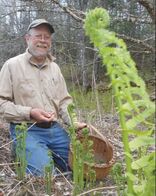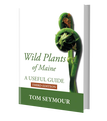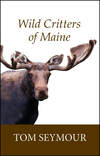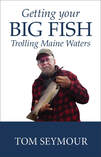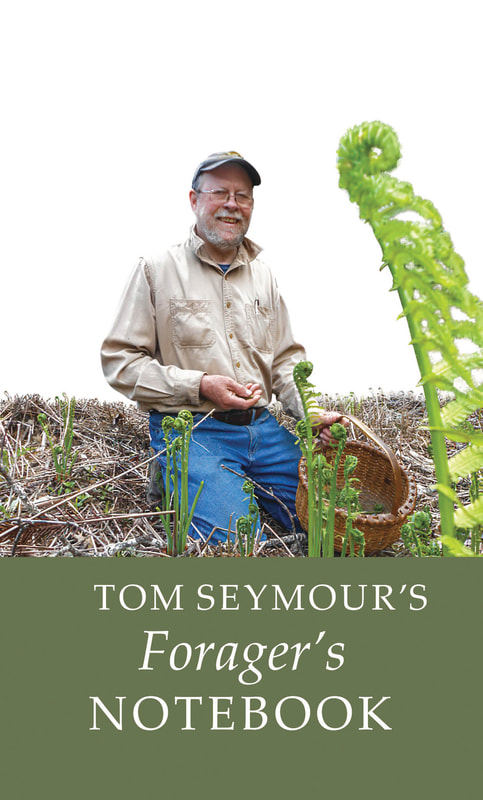As a youngster living at home, my family ate hares several times a week, from October through March. We kept beagle dogs for running rabbits and all we ever needed to do was to walk out back, let the dog loose and stand at the ready for the short-legged hound to chase a hare past us. And then came coyotes and the rest is history. The last time I shot a hare on my woodlot was in the 1980s and since then, even seeing a bunny along the road was a special event. So you can imagine my surprise when, looking out my window a month or so ago, I spied a hare happily grazing on some clover on my lawn. I was sure the bunny wouldn’t last long, since the woods around me hold many and varied forms of predators. But somehow, the little guy survived and in time, it even became used to me and wouldn’t run when I stepped out on my tiny, front porch. This went on for some time. One day I heard a noise under my new bedroom and so went out with a flashlight to peer under the house and there was the hare, happily ensconced in the shade and safety afforded by my house. Normally, I would drive any critter away that was so bold as to live under my place. Not this time, though. I just didn’t have the heart. Then several days ago, in the early morning, I stood by my glass front door and saw the hare eating clover blossoms only four or five feet away. I watched it for some time, marveling at how it rotated its lengthy ears to listen for any signs of danger. It rotated its ears like twin radar antennae and this, too, captivated me. I tapped on the glass and the bunny looked up, saw me and went back to munching on clover. Clearly, it had become used to me. Then something totally amazing happened. Another hare, this one a bit smaller, bounced out of the nearby woods and ran up to hare number 1. Hare 1 immediately jumped in the air and ran at the interloper, driving it back in the woods lickety-split. Hare number 2 hasn’t returned, at least as far as I know. I suspect it is a litter mate of hare number 1, but of a different gender. Or maybe not. It’s hard to know about hares. With two hares living near (and under) my house, it seems a sure thing that soon, there will be more. I shall soon purchase some Hare Off, an organic product that really works in keeping hares and other critters out of the garden. Even if the hare(s) do some damage, I will never do anything to harm them. I’m only too happy to see my old friends back after all these years. Be fruitful, hares, and prosper.
1 Comment
My seminar consisted of a Friday night slide show and discussion, complete with specimens that I had brought from home. This was followed by a field trip on Saturday morning. I spent much of Friday driving around and walking through potential sites. And as expected, the best place I found was not out in the wilds of northern Maine, but rather on property owned by the Maine Department of Inland Fisheries and Wildlife (DIF&W), in downtown Greenville. Here, the ground had recently been bulldozed, allowing for a host of wild plants to self-seed. Also, a seasonal stream flowed through the site, adding more edible plant habitat. On that one site, we found winter cress (a mustard-like plant with delicious, broccoli-like flower buds), jewelweed, wild mint, wild evening primrose (we dug some of the edible roots), dandelions and red dock. Several other plants of interest grew there as well, mostly wildflowers. After leaving the DIF&W site, we headed for Little Moose Township, in the big woods. Here, except for where loggers had constructed tote roads, there were no wild edibles. But along the roads, where the sun shone bright, and just inside the woods where there was dappled sunlight, we found enough edible plants to make our trip interesting. The contrast between these two sites proved my point wonderfully. Nothing much except trees and mosses grow in dark, thick woods. Add the human element, with roads, woodyards and so forth, and plants suddenly find a place to take hold. So in this instance, anyway, we humans are not the problem. We are the enablers.
Nobody plants dandelions (with one rare exception, which we’ll discuss later). Instead, these “weeds” arrive unbidden, without so much as a by your leave. That infuriates many homeowners, especially those who love tidy, perfectly green lawns. And so hands-on types attack dandelions with special diggers, while the bulk of the dandelion haters apply chemicals. Either way, the dandelion gets a bad go of it. That one exception mentioned above? Well that was me, of course. I love dandelions, both to eat and to look at. Many years ago, when my woodland yard had no dandelions, I took things into my own hands and gathered a bunch of ripe seedheads. Then I ran around waving them about, so that the parachute seeds floated on the breeze, in effect seeding my place with dandelions. Now I needn’t travel to dig my spring greens, and I have the pretty blossoms to look at, right here at home. Mushrooms, another beneficial invader of the well-manicured lawn, are next on the hit list. One of my favorite gardening magazines just ran a piece about how to eradicate fairy ring mushrooms. Again, I puzzle over this. Why would anyone want to get rid of perfectly fine, edible mushrooms? What’s more, fairy rings last a long time, giving a new and expanded flush each year. I often pick mushrooms in other places and let them rot on my lawn, in an attempt to establish spores. I don’t yet have fairy ring mushrooms, but I keep hoping. I have introduced many more “weeds” to my place, plants that everyone else appears to loathe. You could say I have a weird lawn, given the amount of weeds and other unpopular herbs that I have gone to lengths to establish. But for me, that’s the soul of enjoying nature. The more the merrier. Although I don’t really expect anyone to follow my example, one thing is for sure. That is, it’s easier to cooperate with nature rather than to try and fight her. Nobody, no matter how fastidious, dedicated or diligent, will ever totally keep the “weeds” at bay.
|
AuthorAn avid writer and naturalist, Tom writes four regular columns and a multitude of features. He wrote a long running award winning column "Waldo County Outdoors" and a garden column for Courier Publications Archives
November 2020
Categories |
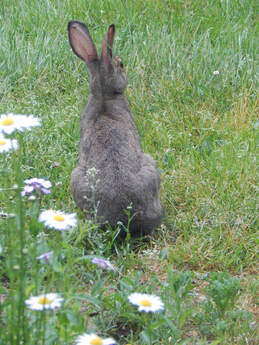
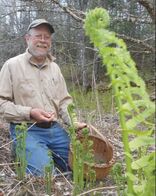
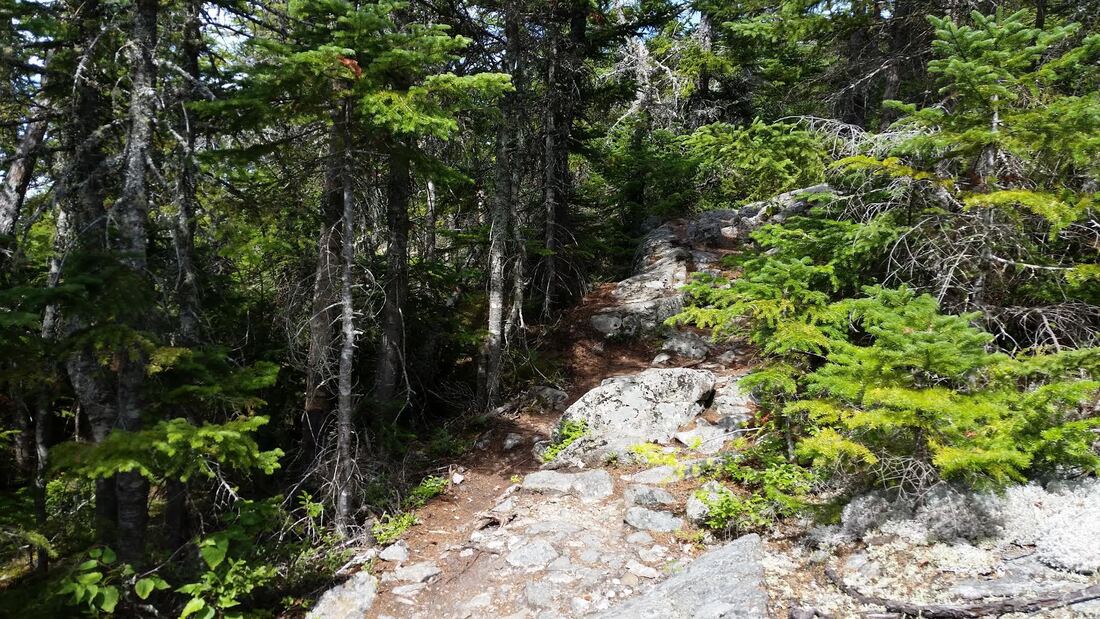
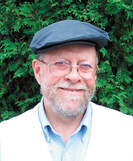

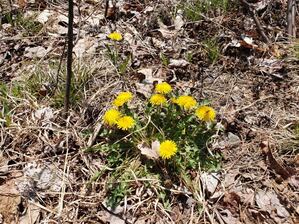
 RSS Feed
RSS Feed
